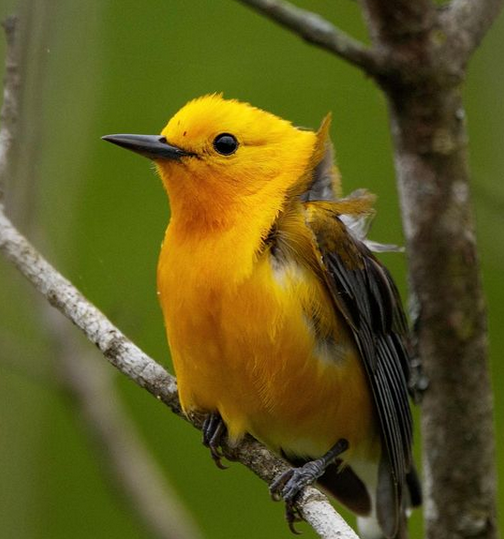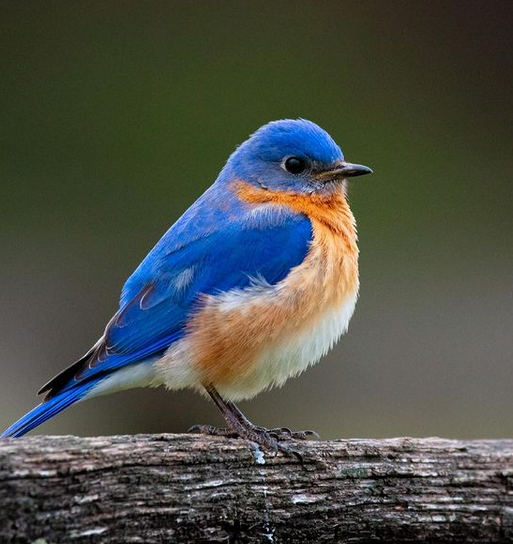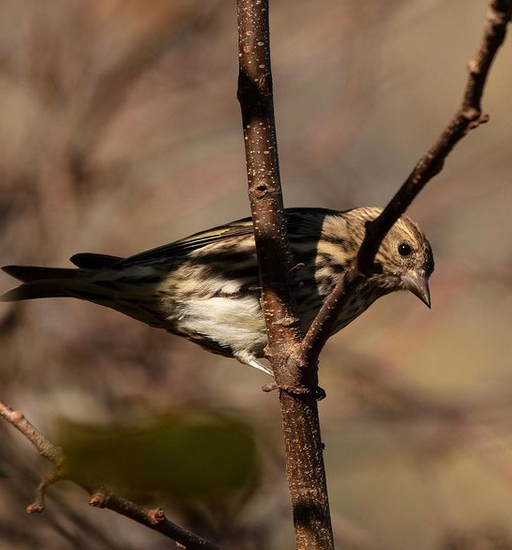My favorite little yellow guys are back, the Prothonotary Warblers!
I was so happy to show this sweet bird to my guests this past weekend at Bass Lake Park in Holly Springs NC.
It was super windy and a bit cold that morning so that’s why this Prothonotary’s feathers are a bit out of sorts. He looked a bit perturbed every time the wind blew as his feathers were ruffled with each gust.

With that bright gold plumage, this species is easily one of the most striking birds you’ll find in the woods.
Prothonotary Warblers are named for the bright yellow robes worn by papal clerks, known as prothonotaries, in the Roman Catholic church.
The males sport bright-yellow heads and breast, greenish-yellow back, and bluish wings. The underside of the tail is mostly white, extending onto the undertail coverts.
When spread, the bluish upperside of their tail feathers shows large white spots.
Females look very similar to the males but are dressed in overall slightly muted green tones showing in their lovely yellow plumage.
Even though this handsome male had a few feathers out of place, I think he still looked amazing!


The Prothonotary Warbler will stick around N.C. from now until August so we’ve got plenty of time left to enjoy them this year.
I’m actually headed back out to Bass Lake Park later today on another birding trip and am hoping to have another crack at photographing this gorgeous feathered gem.
Wish me luck! 🙂
Photos by @sally_siko of @birdwatching_nc on the full frame beast of an SLR, the mighty @canonusa
#5Ds
































